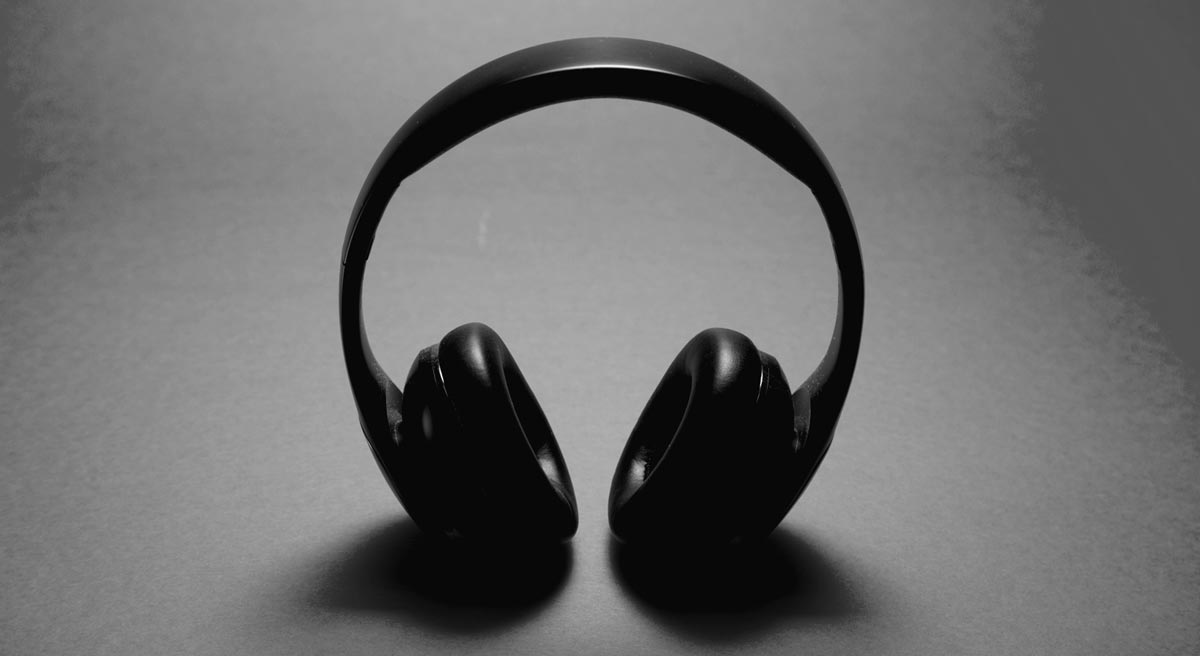Airborne and Impact Soundproofing
Airborne and Impact Soundproofing
Introduction
These are two distinct types of noise and both have to be dealt with in different ways when solving noise problems. As such, it is vital to know the difference, as using the wrong solution could mean that time, money and resources can be unnecessarily spent.

Differences
So what are the differences? Well first we are going to look at impact noise. Impact noise is noise caused by physical impacts or pressure on that part of the building. Examples of events that create impact noise could be objects being dropped on the surface, objects moving across it, or even footsteps in the case of flooring.
Impact
While impact noise can be a problem for all parts of a building, it is most common in flooring, due to footsteps and movement. This can be a real issue in buildings with a high amount of foot traffic inside, resulting in high levels of noise. This can also be a big issue in multi-level buildings such as apartments and hospitals, due to the transmission of the noise of footsteps between floors.
Impact noise can be dealt with in a number of ways. With flooring the best solution is the installation of a specialist acoustic flooring system, while with walls and ceilings, it is typically airborne noise rather than impact.
Airborne
As the name suggests, airborne noise is noise caused by vibrations carried through the air, often produced by sources such as speech, music, speakers and machinery. Airborne noise can transmit through parts of the structure such as walls, ceilings, doors and floors, which can increase the noise level of an area dramatically, resulting in decreased comfort. This can be a real issue in areas where multiple people reside, and comfort is paramount, such as multi-level apartments and hotels. This can also be a real inconvenience in attached houses, when traveling though neighbouring houses, which can not only decrease comfort, but can often result in breakdown of relationships between neighbours if not dealt with.
Airborne noise can also result in a lack of privacy, with personal and confidential audio such as conversations being transmitted through parts of the structure. This can be an issue in particular for confidential environments, such as meeting rooms, police questioning rooms, government offices and doctors.
Airborne noise is often treated by solutions that isolate elements of the structure to prevent noise from traveling from between elements, and by treating weak points, through methods such as using internal insulation within the element.
Solutions
As per Approved Document E of the Building Regulations, all buildings constructed in the UK have to have a specific level of sound transmission prevention, one of the many reasons why it is important to ensure that both of these types of sound are covered. Fortunately, we have a wide range of products, available for supply and install and suitable for floors, doors and ceilings. Nearly all of our products provide solutions for both airborne and impact noise, ensuring we can help provide the best acoustical atmosphere for any kind of project or environment.